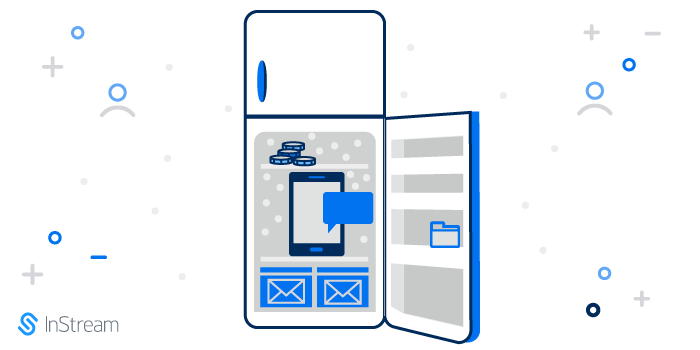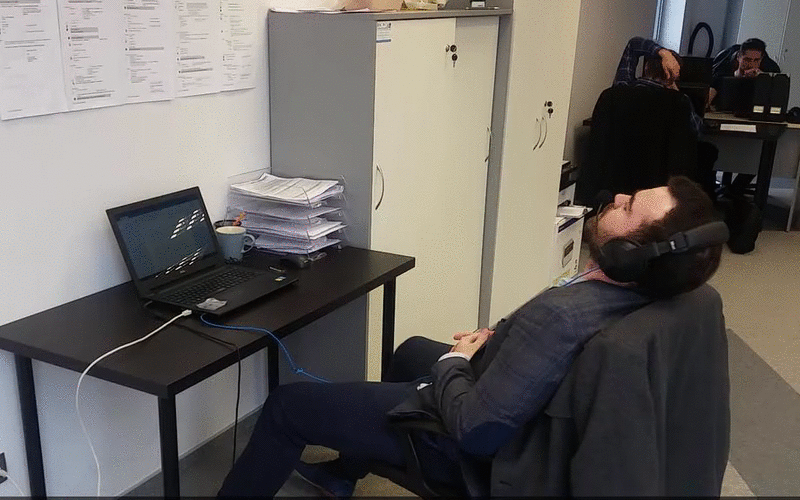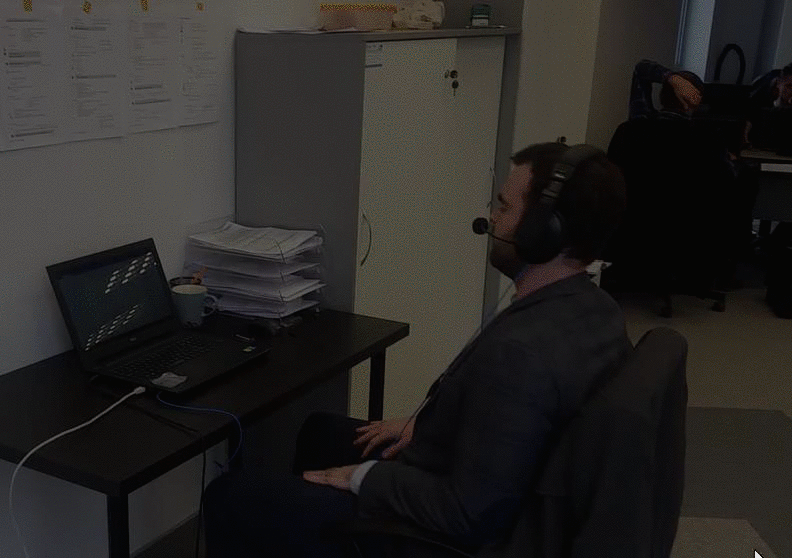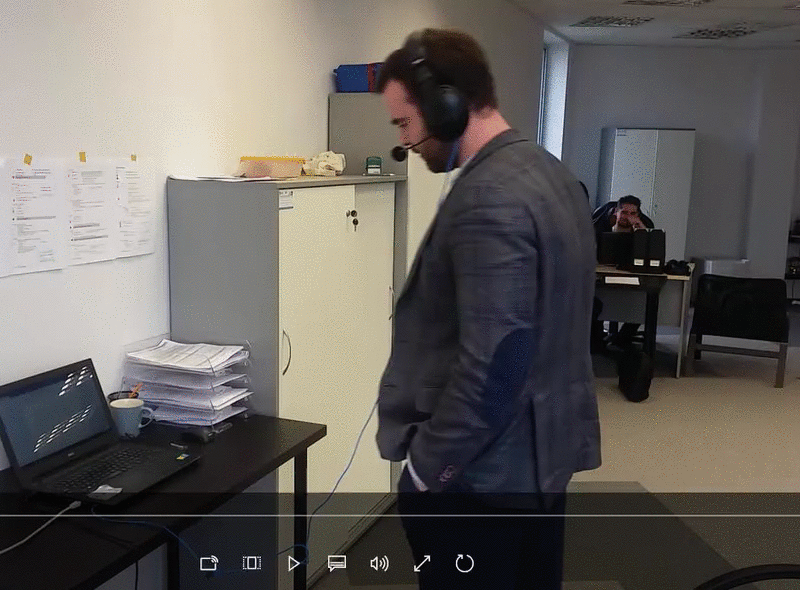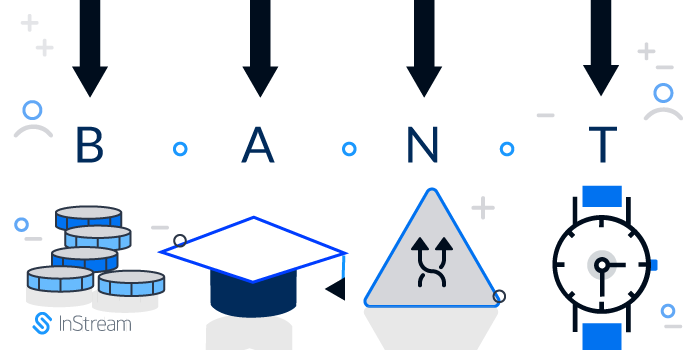In a quest to attract new customers, it’s been becoming all the more common to opt for Cold Mailing. A method that is less expensive, not as frustrating and constantly more effective. The main issue of Cold Calling is the usual lack of a phone number to connect directly to the decision maker while the period of time it takes to get through the ‘guards’ in the person of an eg. secretary might be quite disheartening. Add unanswered calls, answering machines and hang up calls. Real old school!
In our company, the first form of contact is cold email. This is our way of verifying potential customers. A phone call comes at the second stage of communication. When the ‘prospect’ responds positively to our email, we contact them by phone.
What are the key benefits of this solution?
- Person being contacted is expecting the call and familiar with the subject
- During the conversation, you can refer to your email correspondence which creates an entirely different atmosphere to a traditional Cold Call
- You only talk to clients who have shown any interest in your email message. Verifying leads at such an early stage translates to higher conversion
How should a well-conducted phone conversation look like? What should you avoid, how should you de-stress yourself before the call? How do you deal with a difficult client on the other side? How to refute or end the conversation?
There is no clear-cut answer to these questions. There is a number of different situations which can serve as an underlying context for our conversations. It could be an incoming call, a scheduled conversation with a current customer or the first call to a new potential client.
However, there are a few ‘universal rules’, which always fit regardless of the topic of the conversation.
Before we get into it, here’s what I am going to talk about in this guide:
First conversation with a new potential client
Brace yourself for negative reactions
Conversation step by step: introduction, body, conclusion
Posture recommended for the phone conversation
First conversation with a new potential client
It can be a verified lead, a client who signed up for a free trial, a person who registered via a contact form or directly messaged the company’s email address.
In any case, let’s assume you’ve got the person’s essential data, you know his name, position, company and are aware of the specific objective for the contact.
Let’s start from the beginning. Some may find it obvious, but it’s still worth mentioning.
Work station
[Tweet “It’s very important that you set the right conditions for yourself before the call.”]
It’s very important that you set the right conditions for yourself before the call. Make sure you won’t be talked over, you’re comfortable, there are no distractions around. If you don’t feel like you’re in the right spot for the talk, don’t make the call. Whether you feel comfortable before the conversation has a great influence on the way you’re going to be received by your partner. Non-verbal communication, which I will talk more about later, is of huge significance.
Conversation plan – a defined goal
What is the purpose of your call? What do you want to achieve? What can you expect from the receiver? What reaction should you prepare yourself for? Make sure you’re ready for the conversation. Think about what results you’re anticipating. How will you tell if the call was successful? What is important to you? Do you want to obtain necessary information? Receive a confirmation of purchase? Encourage registration? Schedule a meeting? Focus on a clear goal.
Be technically prepared
[Tweet “I particularly dislike it when B2B consultants work by the copy-paste rule”]
Personally, I particularly dislike it when B2B consultants work by the copy-paste rule – treating everyone to one clichéd phrase. If you really care about gaining a new customer, get to know him before you make a call. During the conversation, you’ll be able to show him that you’ve taken time to learn about the profile of their company, you understand the industry and are technically prepared for the talk.
How do you do it?
- Customer’s website. You’ll usually find the webpage address in the email message, a form or an email address. Find out what the company deals with, what markets it operates on and what its products are.
- Install the Rapportive plug-in for Gmail. You’ll most probably find a LinkedIn or Twitter account of the person. Perhaps you even share a hobby, went to the same college or work in a common field.
- Register in InStream. There you can see all your contact information from social media platforms!
Why do you need this information? – Personalization!
Here are a few practical examples.
Template conversation:
Dear Tomasz,
My name is Filip, I am a representative of the InStream company. I am writing to you with reference to our email correspondence.
I hope I am not bothering you. Can I take two minutes of your time?
We are producers of a CRM system for companies that offer long-term services, focused on building relationships with clients. I would like to ask if you currently…
Personalized conversation:
Dear Tomasz,
My name is Filip Duszczak and I am writing to you with reference to our earlier correspondence regarding a CRM system – InStream.
I hope I am not bothering you. Can I take a moment of your time?
I had a chance to visit your company’s website. I was particularly interested in the new financial product. Is it fully available on the market already?
It just so happens that one of our clients, also from within the financial industry, has recently contacted us with intentions to improve communication between such service’s clients and the consulting team. Would you perhaps be interested in a more detailed description of the project?
Find something that will grab their attention. Speak their language. Lay out the benefits.
Referring to case studies has got one more valuable application.
Customers hate admitting that they have difficulties with something. In response to a question whether they have a problem, you’ll most likely hear a ‘no’. Never suggest there is something wrong.
Instead, you can skillfully refer to an example from their industry that you stumbled upon lately:
Recently we cooperated with a coaching company which, similarly to you, organizes events for over 200 participants. What they found particularly difficult was bringing all communication and speakers together in one place. We resolved this issue by (…) What do you think about our solution?
Doesn’t it sound better than: Have you got a problem with something?
Why do you need Rapportive?
Oftentimes using online forms you’ll find yourself in a situation where you won’t be in possession of full data about a person.
If you’re an owner of a SaaS system and require filling in personal data upon registration, you will definitely see a situation where the only information about a person who set up an account is an email address that reads something like john999@gmail.com.
This is when Rapportive comes in. This Chrome plug-in allows you to find eg. the LinkedIn profile of the person. The information you find on LinkedIn can also help you build a connection or personalise a conversation.
Brace yourself for negative reactions.
Remember: clients don’t trust sales consultants!
Unfortunately, the past 20 years of calling, suspicious offers and manipulation made it all the more difficult to win client’s trust immediately.
It’s a good habit to always have the answers to sensitive questions at hand and be ready to point out any strong points which set you apart from the competition.
Task for managers:
- Along with your team, prepare a list of direct competition. Analyse their strong and weak points, price offer, quality of service. Write out five main functions of their product and compare them to yours. If the consultant doesn’t sound sure in what they’re saying, why would a client believe it? If the consultant is unable to prove their advantages over the competition, how does he know that his product is the most suitable? Practice strong rebuttals with your team.
- Create a phone conversation map. Step by step, what to do when the client says ‘yes’, what to do when the client says ‘no’. What is the next step? What argument should you come up with now? When to offer a meeting?
Conversation step by step.
Introduction.
Hello,
My name is Filip Duszczak, I am calling with reference to…
Introduce yourself and, if you can, say why you’re calling. Refer to your earlier correspondence, an agreement to contact, refer to somebody whenever possible.
I hope I am not bothering you. Can I take two minutes of your time?
There are varying viewpoints here – more or less aggressive. Some say you should go straight to the point. I personally believe that this kind of polite phrase is more appropriate, and carries some additional benefits with it:
- you show that you respect their time and want to talk as opposed to pushing your offer through in 30 seconds,
- if you don’t ask and proceed talking instead while the listener is busy, he will still interrupt, and you will leave a negative impression,
- suggesting that the conversation ‘will only take a moment’ or ‘two minutes’ you’re instantly informing the person about what they should expect,
- if they are actually busy and you’ll postpone it for another day you can be confident that talking to them you will have their full attention,
- believe it or not, but if someone has got the time, they will very rarely say NO.
Body.
Refer to what you have been able to find. Emphasise the fact that you have learned more about the company’s profile. Make your client’s needs the focus of the conversation. Find an interesting subject that you can touch upon in the talk. Similar case study, your client’s product, a fact about the market… Don’t make the conversation purely sales-oriented.
ASK QUESTIONS!
I always say: ‘stop selling, start listening’. If you want to learn about your client’s needs, learn how to listen. Be patient and curious. Forget about the techniques. It’s about your intentions. Having a clear conversation goal, ask questions that will eventually help you receive a solid answer.
Ask open questions, avoid closed ones.
Don’t be afraid of the silence, make pauses during the conversation.
I have noticed on your website that you organise a series of meetings around the country. In what ways are you sending out invitations to participants?
What solution did you use to monitor this communication?
Conclusion.
Smoothly move on to what you’re there for. Meeting invitation? Online registration? Sum up the conversation and present the benefits your client will receive if he accepts your offer.
I would be more than willing to meet you in person. Perhaps we would be able to support you in the area of quality communication improvement. Would you find some time to talk to me tomorrow? / Would you like to propose a suitable date so that we could discuss your needs together?
CTA is a must.
In that case, will next week be the right time for me to contact you?
When can I expect a call / a message from you?
I will contact you, then… (…).
Be sure to include a summary after every phone talk. Once again express your gratitude for the conversation. Go through your list of points you managed to note down. Show your client that you really listened. Sum up and emphasise any arrangements you have made.
Use expressions such as:
As per our phone conversation / With reference to our conversation…
Set a follow-up!
Communication is not only words. I don’t know if you realise this, but what we say influences the receiver in only 7%. The remaining 93% is all to body language and the manner in which we speak, which basically comes down to non-verbal communication.
What I mean by that are gestures, posture, facial expressions, a tone of voice, intonation and eye contact.
You’re probably wondering, what influence has it got if we’re talking about a phone conversation?
Well, in most cases – enormous!
Here are a few simple examples.
Posture
You have probably been in a situation when talking to someone on the phone you could tell from the tone of their voice that this person is lying down? It’s not surprising given the timbre of your voice changes based on your posture.
This is why I mentioned how important the working environment is and to have the necessary conditions to conduct a conversation.
How you should not talk:
Avoid a lying position, putting your head up, moving your head, looking around.
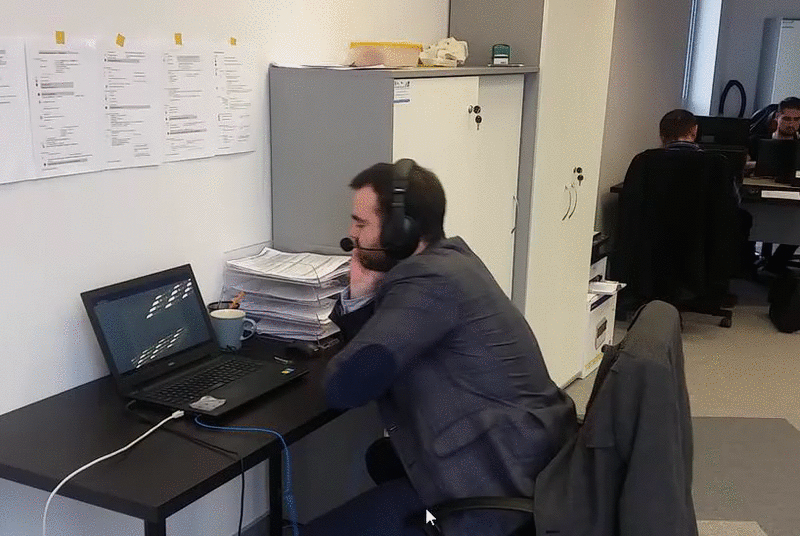
While resting on your hands, your speaking becomes incoherent and very monotonous. Your voice sounds heavy and tired.

Focus on the conversation, listen and make notes. Concentrating on something else you can get carried away, prolong the conversation, your voice will reveal you’re busy doing something else.
How should it all look like, then?
Sit up straight, focus on the conversation, make sure nothing is distracting you.
Make sure the cable is the right length so that you can freely move.
Remember – it’s you who has to feel comfortable. If you’re nervous before the talk, stand up and stretch out your muscles, take a deep breath.
Be yourself!
Sales is about building a relationship with the client. Forget about the techniques. It’s about your intentions. Focus on your client and his problems. Stop selling, start listening.
Best wishes,
Filip
CEO at InStream. Sales Advisor.


